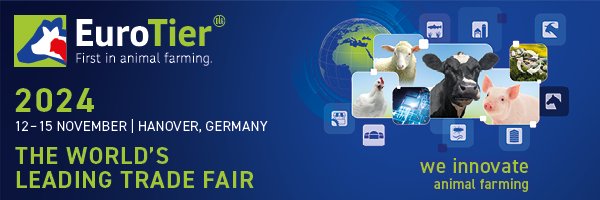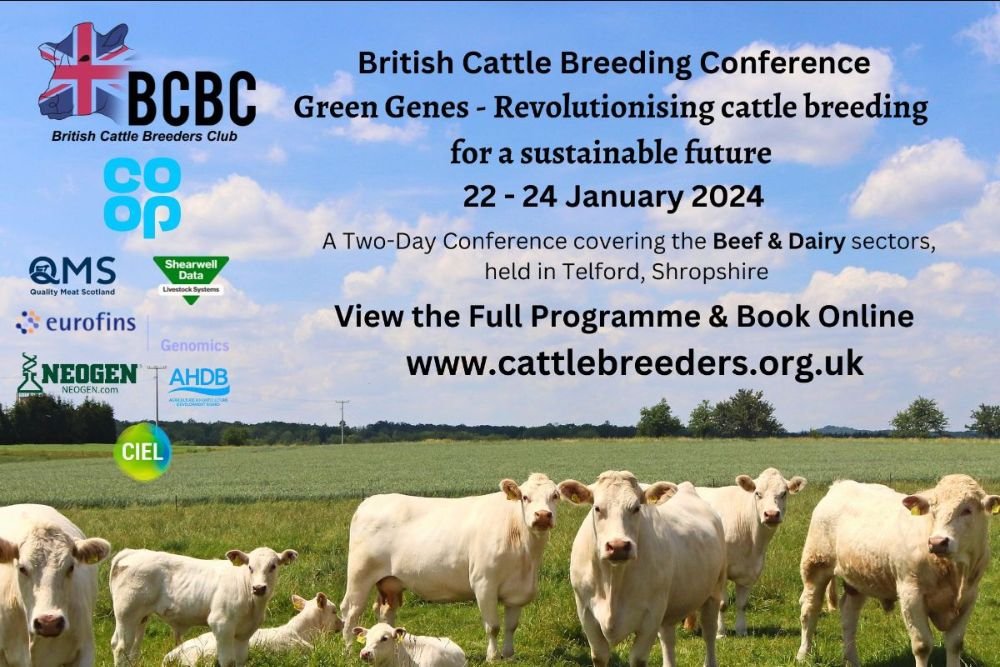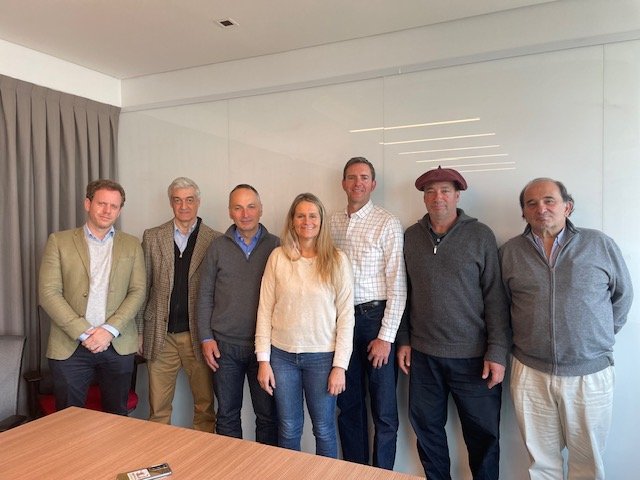Scotsheep is a biennial event organised by NSA (National Sheep Association) Scotland and will be the most important specialist event in the calendar for sheep producers in Scotland and North of England in 2024.
Organised by the Scottish Region of the NSA, NSA Scot Sheep 2024 will be held on Wednesday 5th June 2024, at Aikengall Farm, Innerwick, Dunbar, East Lothian, where the Hamilton family (James, Charles and Harry, along with their mother Vanessa and their late father John) moved in 1998, from Dykefoot and South Cobbinshaw in Lanarkshire.
The 2024 event will follow the successful format developed over recent years and will include an extensive trade stand area with over 160 commercial and educational trade stands, 32 sheep breed societies and 11 individual breeder and companies trade stands/demonstrations; farm tour; comprehensive seminar and workshop programme; educational and working demonstrations; sheep dog trial; show and sale of pairs of ewe hoggs; fencing, stockjudging and NSA Next Generation Shepherd of The Year competitions as well as inviting schoolchildren from local schools in the East Lothian area to attend through the Royal Highland Educational Trust.
The Hamilton family farm a combined total of 5250 acres across six units near Innerwick, Dunbar, which are a mixture of tenanted, contract farmed and owned. With some 2800 breeding ewes and a hefty herd of cows, this stands the family in good stead to host the event at Aikengall.
The homestead, as it were, is the 1900-acre Aikengall which is home to a 1400-strong flock of Blackface ewes as well as 900 spring-calving cows with Simmental genetics featuring heavily in the females which are crossed to Charolais, Lincoln Red and Aberdeen-Angus bulls. This Blackie flock is split in two with 700 bred pure while the remainder are put to the Bluefaced Leicester ram to produce replacement Scotch Mules for the tenanted Nunraw, which lies just over the hill but is 14 miles by road.
Managed by Harry, the flock of 1400 Mules at Nunraw are in a high input, high output system with the aim of selling 1200 Texel-sired lambs before the Royal Highland Show in late June, with the remainder weaned in July and sold thereafter. Just next door lies *Stoneypath* where they have recently taken on contract farming 156 red dear hinds and 40 Luing cows over 350 acres, and with the two farms sharing a march fence it couldn’t be more ideal.
From the hill at Nunraw, looking to the coast you can see the 600-acre arable unit, Barney Mains, which is run by Charles who grows spring barley and a variety of vegetables and fodder, allowing for a handy bartering system with the brothers for grain, straw, grazing and manure.
The natural environment is treated as an equal enterprise on the farm with various stewardship schemes, latterly Scottish Rural Development Programme (SRDP)/ Agri-Environment Climate Scheme (AECS) having played a significant role in the development and improvement of infrastructure and habitats on the predominantly upland unit at Aikengall.
As well as this, Aikengall also hosts Aikengall Wind Farm with Community Wind Power Ltd which became operational in 2009, comprising 16 Vestas V90 wind turbines. These wind turbines have a tip height of 125 metres, and each has a generating capacity of 3MW, generating enough electricity to power approximately 31,500 homes and based on displacing around 54,200 tonnes of Carbon Dioxide per annum.
See www.scotsheep.org.uk








































